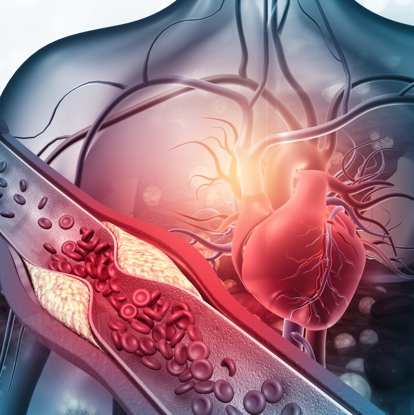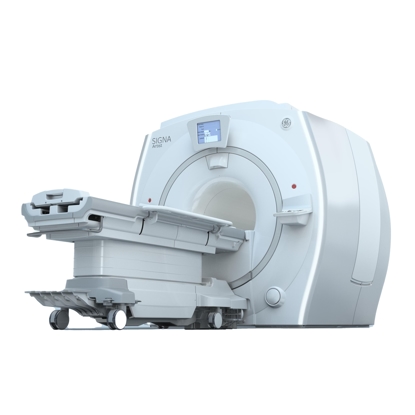
Peripheral Artery Disease (PAD)
Peripheral artery disease (PAD) is a serious circulatory disease that affects the blood vessels of the lower extremities of the body, reducing proper blood flow to the feet and legs as well as your body’s vital organs – significantly increasing your risk of stroke and heart attack. According to the National Heart, Lung, and Blood Institute, one in every 20 Americans over the age of 50 has PAD, affecting 8 to 12 million people. PAD develops when fatty deposits accumulate and cause a buildup of cholesterol and plaque in the arteries. These clogged arteries slow down the flow of blood to the feet and legs, causing leg pain and discomfort, difficulty healing from sores or injuries, and high blood pressure. PAD doesn’t simply cause slow blood flow. Narrowed arteries in the lower extremities of the body – just like those in the heart – can cause a stroke or heart attack.
Are You At Risk For Pad?
Anyone can develop PAD, but risk factors that increase the likelihood of developing the conditions include:
- Being over the age of 60
- Smoking
- Obesity or being overweight
- High cholesterol
- High blood pressure
- Diabetes
- Family history of vascular disease, heart attack or stroke
- Being African American
Signs and Symptoms
PAD can occur in any blood vessel in the body, but typically affects legs, ankles and feet. Sometimes people who have PAD don’t experience symptoms, but if they are present, the typical signs and symptoms of the disease include:
- Pain, aching or heaviness in the leg muscles when walking and relieved with rest
- Pain in the legs at rest due to poor circulation
- A reduced or absent pulse in the ankle or foot
- Lower skin temperature in one limb compared to the other (skin may feel cool to the touch)
- A poorly healing wound on lower extremity
- Injury to lower limb or foot involving blood vessels
- Discoloration of toes and feet
PAD may start out with mild symptoms and progress to severe pain at the disease advances. It’s important to seek medical help from your physician to obtain a diagnosis. To learn more about peripheral arterial disease, talk to your primary care physician. To find a primary care physician visit Hendrick Clinic.
-
Dhruv Rajpurohit, DO
CardiologyView Profile
-
Jonathan P.. Urbanczyk, DO
CardiologyView Profile
-
Michael S.. Blanc, MD
CardiologyView Profile
-
Olivia R.. Graham-Williams, FNP
CardiologyView Profile
-
Melanie A.. Faglie, NP
CardiologyView Profile
-
Ren Zhang, MD
CardiologyView Profile
-
Ammar Al Akshar, MD
CardiologyView Profile
-
Ramez S.. Nairooz, MD
CardiologyView Profile
-
Amir A.. Gahremanpour, MD
CardiologyView Profile
-
Evan L.. Hardegree, MD
CardiologyView Profile
















-SQUARE.jpg)


.jpg)
